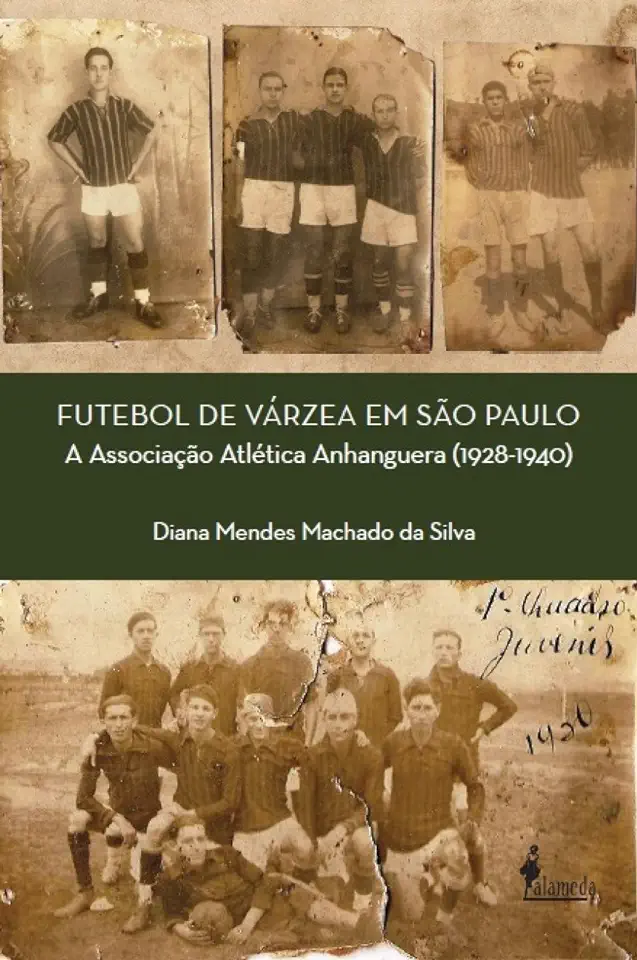
Street Football in São Paulo - Diana Mendes Machado da Silva
Street Football in São Paulo: A Cultural History
Introduction
In her book "Street Football in São Paulo: A Cultural History," Diana Mendes Machado da Silva offers a fascinating and comprehensive exploration of the history and cultural significance of street football in the city of São Paulo, Brazil. Through extensive research and engaging storytelling, Silva paints a vivid picture of how street football has shaped the lives of countless individuals and communities, becoming an integral part of the city's identity.
The Origins of Street Football in São Paulo
Street football in São Paulo has its roots in the early 20th century when European immigrants brought the sport to the city. Initially played by the upper classes, football quickly spread to the working-class neighborhoods, where it became a popular form of recreation and a means of social integration. Silva delves into the historical context of São Paulo's development, highlighting the role of football in fostering a sense of community and belonging among diverse groups of people.
Street Football as a Social Phenomenon
One of the central themes of the book is the social impact of street football in São Paulo. Silva argues that street football transcends its sporting nature, becoming a powerful tool for social transformation. She explores how the sport provides opportunities for personal development, skill-building, and empowerment, particularly for marginalized youth. Through compelling narratives and case studies, Silva demonstrates how street football contributes to social inclusion, crime reduction, and the promotion of positive values such as teamwork, discipline, and respect.
Street Football and Urban Space
Silva also examines the relationship between street football and the urban landscape of São Paulo. She discusses how the city's unique geography, with its narrow streets and dense neighborhoods, has influenced the development of street football. The author explores the ways in which street football has shaped the urban environment, creating informal playing fields and transforming public spaces into vibrant social hubs. Silva's analysis highlights the dynamic interplay between street football and the urban fabric of São Paulo.
Street Football and Identity
Another important aspect explored in the book is the role of street football in shaping individual and collective identities in São Paulo. Silva argues that street football is not merely a sport but a cultural practice that reflects and reinforces the city's identity. She examines how street football becomes a source of pride and belonging for the people of São Paulo, transcending social, economic, and cultural boundaries. Silva's analysis provides insights into the complex relationship between sports, identity, and place-making in urban contexts.
Conclusion
"Street Football in São Paulo: A Cultural History" is a must-read for anyone interested in the social and cultural history of football, urban studies, and the role of sports in shaping communities. Diana Mendes Machado da Silva's comprehensive research and engaging writing style make this book an invaluable resource for scholars, policymakers, and anyone passionate about the transformative power of street football.